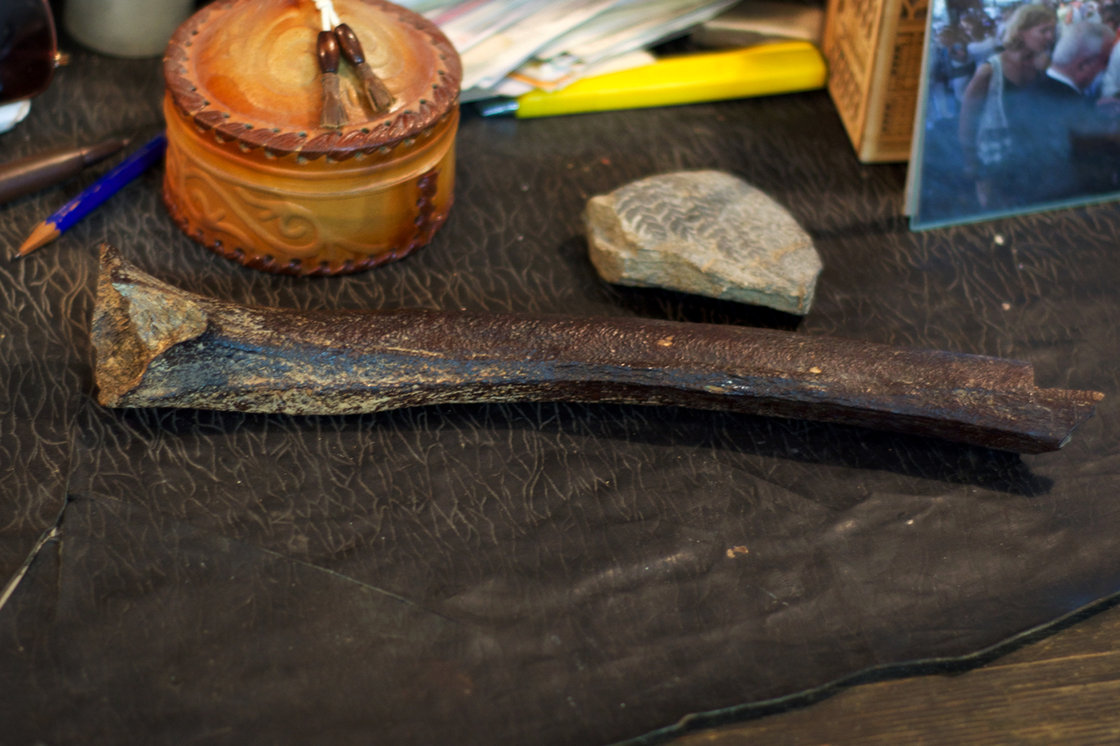German U-boat 576 and freighter Bluefields
found within 240 yards of one another
© NOAA
A team of researchers led by NOAA's Office of National Marine Sanctuaries have discovered two significant vessels from World War II's
Battle of the Atlantic. The German U-boat 576 and the freighter
Bluefields were found approximately 30 miles off the coast of North Carolina. Lost for more than 70 years, the discovery of the two vessels, in an area known as the Graveyard of the Atlantic, is a rare window into a historic military battle and the underwater battlefield landscape of WWII.
"This is not just the discovery of a single shipwreck," said Joe Hoyt, a NOAA sanctuary scientist and chief scientist for the expedition. "We have discovered an important battle site that is part of the Battle of the Atlantic. These two ships rest only a few hundred yards apart and together help us interpret and share their forgotten stories."
On July 15, 1942, Convoy KS-520, a group of 19 merchant ships escorted by the U.S. Navy and Coast Guard, was en route to Key West, Florida, from Norfolk, Virginia, to deliver cargo to aid the war effort when it was attacked off Cape Hatteras. The U-576 sank the Nicaraguan flagged freighter
Bluefields and severely damaged two other ships. In response, U.S. Navy Kingfisher aircraft, which provided the convoy's air cover, bombed U-576 while the merchant ship
Unicoi attacked it with its deck gun.
Bluefields and U-576 were lost within minutes and now rest on the seabed less than 240 yards apart.


Comment: Even if the 'Khomeini-as-Brit' angle is baseless, we're still left with some unanswered questions regarding the 'Islamic revolution'. We know that Britain and the US supported Islamic extremists into power, before and since, so why would what happened in Iran in 1979 have been an exception?